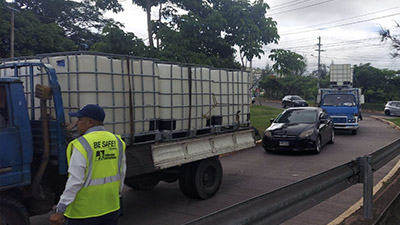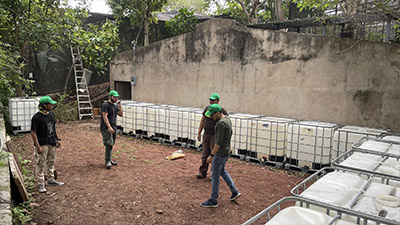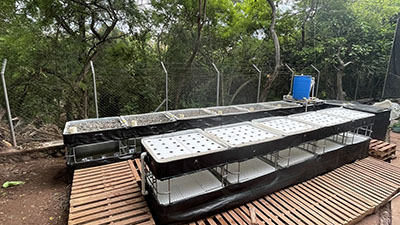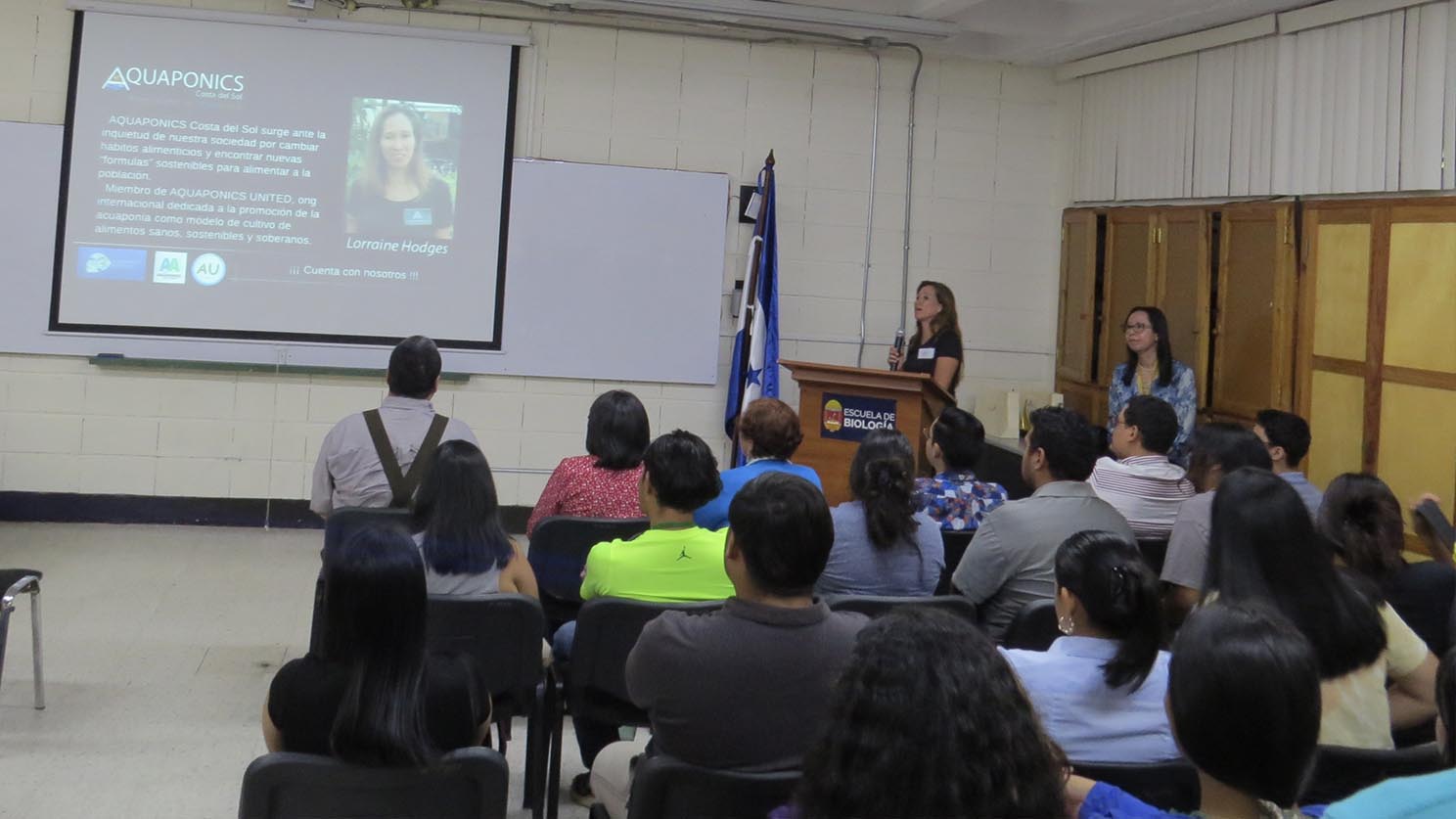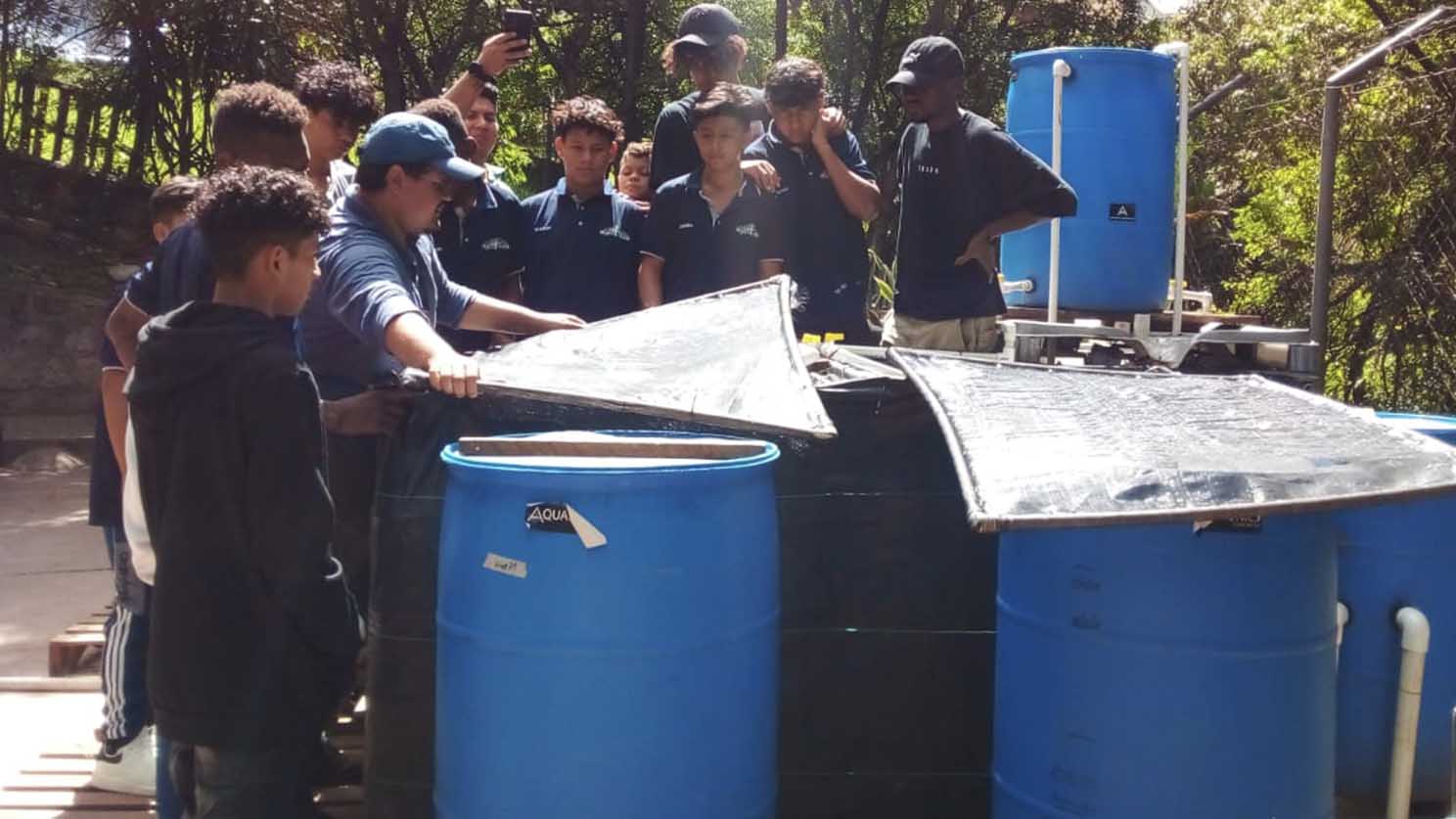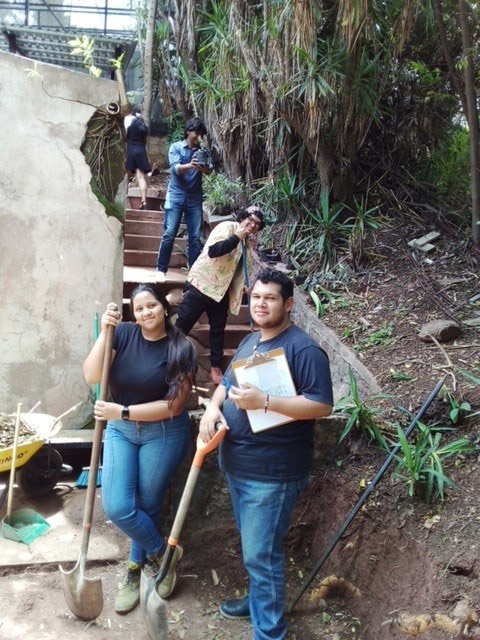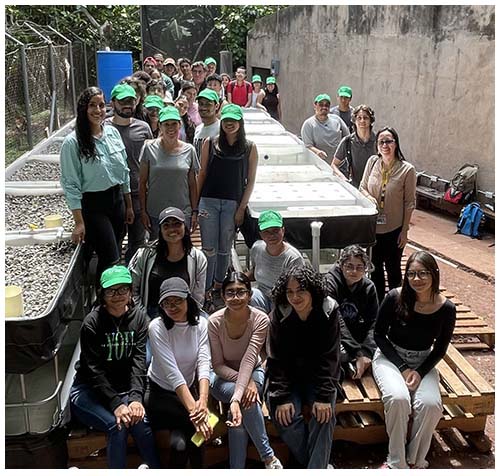
Project Details
SAUNAH
Educational & Research centre
Who?
What?
When ?
Energy consumption : 250 watts/hour
Water Consumption : 5 ltrs/day
Grow Area : 18 sqm
Design : Lorraine Hodges
The DD aquaponic system, named SAUNAH, was developed in collaboration with the UNAH (National Autonomous University of Honduras) and Aquaponics United (aquaponicsunited.com). This collaborative effort encompassed a fundraising campaign and the personalized design of the system, all with the primary objective of serving as an educational instrument for biology students. This system was meticulously designed to provide students with hands-on experience in aquaponics while concurrently serving as a model for sustainable agricultural practices.
The SAUNAH system was conceptualized to make a substantial contribution to the implementation and development of strategic initiatives aimed at ensuring future food security within the country. It is our strong belief that universities play a pivotal role in influencing the trajectory of our food systems, and that aquaponics, as a sustainable agricultural method, possesses the potential to play a significant role in the creation of more resilient and sustainable communities.
This system is particularly well-suited for deployment within university and educational settings, where it can facilitate STEM learning and research activities. However, its versatility also extends to individuals seeking to enter the realm of aquaponics, whether to provide sustenance for their families, supply produce to restaurants, or establish small-scale productive systems for the sale of agricultural goods.
What We Did ?
We maintained ongoing communication with the primary biology lecturer responsible for Aquaculture and Pisciculture classes for several months before the installation began. Once consensus was achieved among all parties involved, we agreed to proceed with the project. Our discussions revolved around assessing needs, prerequisites, available materials, potential sources, space allocation, and determining items that could be locally sourced versus those requiring advance purchase.
Research was conducted on prices and potential suppliers. With details about the designated space, budget, and timeline in hand, we designed a system that aligned with these parameters. While on-site, in collaboration with students participating in internships alongside our team, we readied the land for installation and commenced setting up the system. We received support from biology students involved in practical laboratory sessions. Materials were procured from the local area, and necessary tools were obtained. Eventually, with the help of volunteer students and the overseeing teacher, the system was successfully installed.
The project was delivered on time, and the collective efforts led to its success. Both the university and the students are highly satisfied and are utilizing the system as a valuable tool for research and educational purposes.
